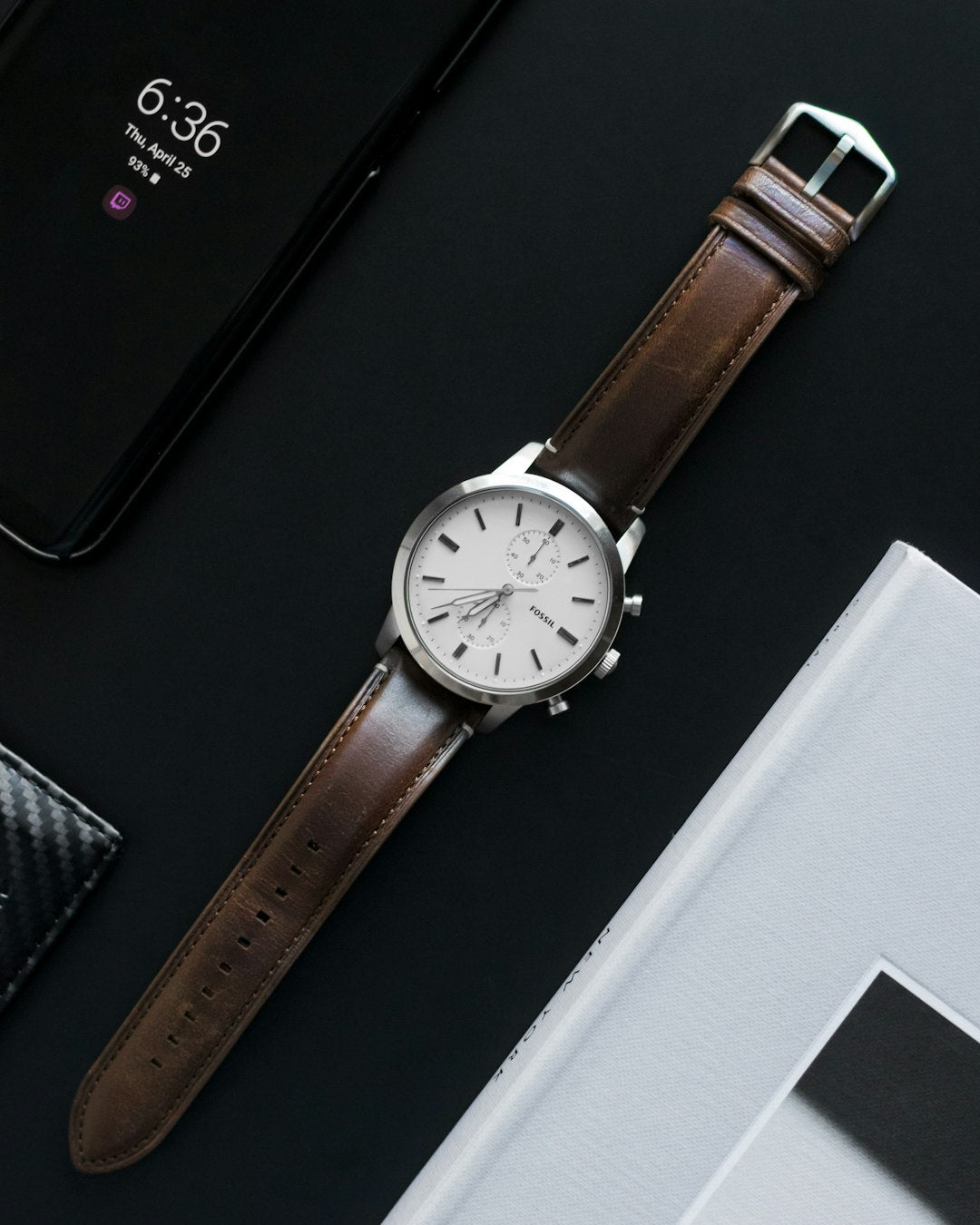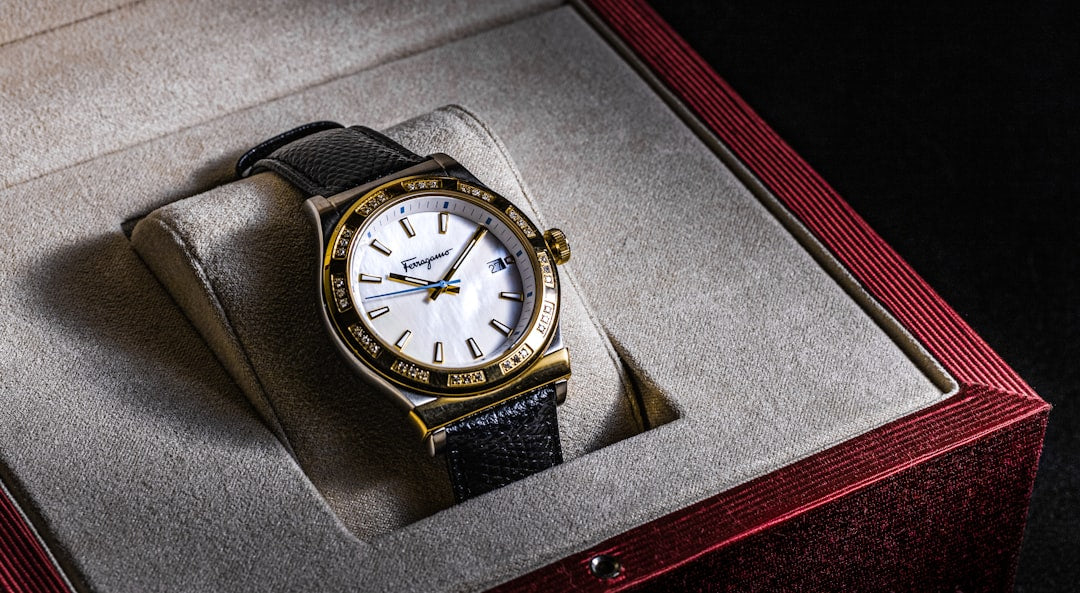Automatic watches are a marvel of engineering and craftsmanship, offering a timeless appeal and precision timekeeping. As a proud owner of an automatic watch, you already know that it requires special care to ensure its longevity and consistent performance. To help you maintain your precious timepiece, we have put together this comprehensive guide to properly maintaining automatic watches.
1. Understand the Basics
Before diving into the intricacies of maintaining an automatic watch, it's essential to understand how it works. Unlike quartz watches, automatic watches are self-winding and rely on the movement of the wearer's wrist to remain powered. The natural motion of your arm winds the mainspring, which stores the energy and powers the watch's movement.
2. Regularly Wear Your Watch
The best way to keep your automatic watch running smoothly is to wear it regularly. By wearing your watch, you ensure continuous movement, keeping the mainspring wound. Aim to wear your watch for at least 8-10 hours each day to maintain optimal power reserve.
3. Rotate Your Watches
If you own a collection of automatic watches, rotating them regularly is essential. This practice prevents the watch from remaining idle for extended periods, which can lead to issues such as inaccurate timekeeping or even complete stoppage. By rotating your watches, you evenly distribute their usage and prolong their lifespan.
4. Store It Properly
When you're not wearing your automatic watch, it's crucial to store it properly. Keep it away from extreme temperatures, moisture, and direct sunlight as these factors can damage the movement and affect its accuracy. Consider investing in a watch box or a watch winder to provide a safe and controlled environment for storage.
5. Protect It from Magnetism
Magnetic fields can adversely affect the performance of your automatic watch. Avoid placing it near powerful magnets, such as speakers, refrigerators, or electronic devices. If your watch experiences magnetism, it may result in inaccurate timekeeping or even temporary stoppage. In such cases, you may need to have it demagnetized by a professional watchmaker.
6. Avoid Severe Shocks and Vibrations
Although automatic watches are built to withstand daily wear and tear, it's best to avoid subjecting them to severe shocks and vibrations. Sudden impacts can damage the delicate components of the movement, affecting its accuracy. When engaging in physically demanding activities or sports, it's recommended to remove your watch and store it safely.
7. Service Regularly
Just like any other precision instrument, an automatic watch requires regular servicing. Mechanical movements benefit from professional maintenance every 3-5 years to ensure optimal performance. During servicing, the watchmaker will clean and lubricate the movement, replace worn-out parts, and make any necessary adjustments.
8. Clean Gently
Regular cleaning is essential to maintain the appearance of your automatic watch. Use a microfiber cloth to remove any dust or smudges from the case, crystal, and bracelet. For a more thorough cleaning, you can use a mild soap solution and a soft brush to gently scrub the watch. However, avoid submerging your watch in water unless it is water-resistant.
9. Avoid Contact with Chemicals
To preserve the integrity of your watch's finish, it's crucial to avoid contact with harsh chemicals. Chemicals such as solvents, detergents, perfumes, and cosmetics can damage the case, crystal, and bracelet of your watch. Always remove your watch before working with any chemicals or applying any personal care products.
10. Check the Water Resistance
If your automatic watch is water-resistant, it's essential to periodically check its water resistance. Over time, seals and gaskets can deteriorate, compromising the watch's resistance to water. We recommend having the water resistance tested by a professional watchmaker every 12-18 months, especially if you frequently expose your watch to water or moisture.
11. Keep It Away from Condensation
Avoid sudden temperature changes that can cause condensation inside your watch. Condensation can damage the delicate internal components and compromise the overall performance. If you come inside from a cold environment into a warm room, allow your watch to gradually acclimate to the new temperature before wearing it.
12. Educate Yourself
Lastly, educating yourself about your specific automatic watch model is crucial. Read the user manual to understand its unique features and recommended maintenance tips provided by the manufacturer. Familiarize yourself with the functions of the watch and any specific precautions or recommendations they suggest.
In conclusion, by following these tips and maintaining a regular care routine for your automatic watch, you can ensure that it stays accurate, reliable, and a timeless companion for years to come. Remember, proper maintenance is the key to preserving the exceptional quality and value of your automatic watch.




Dejar un comentario